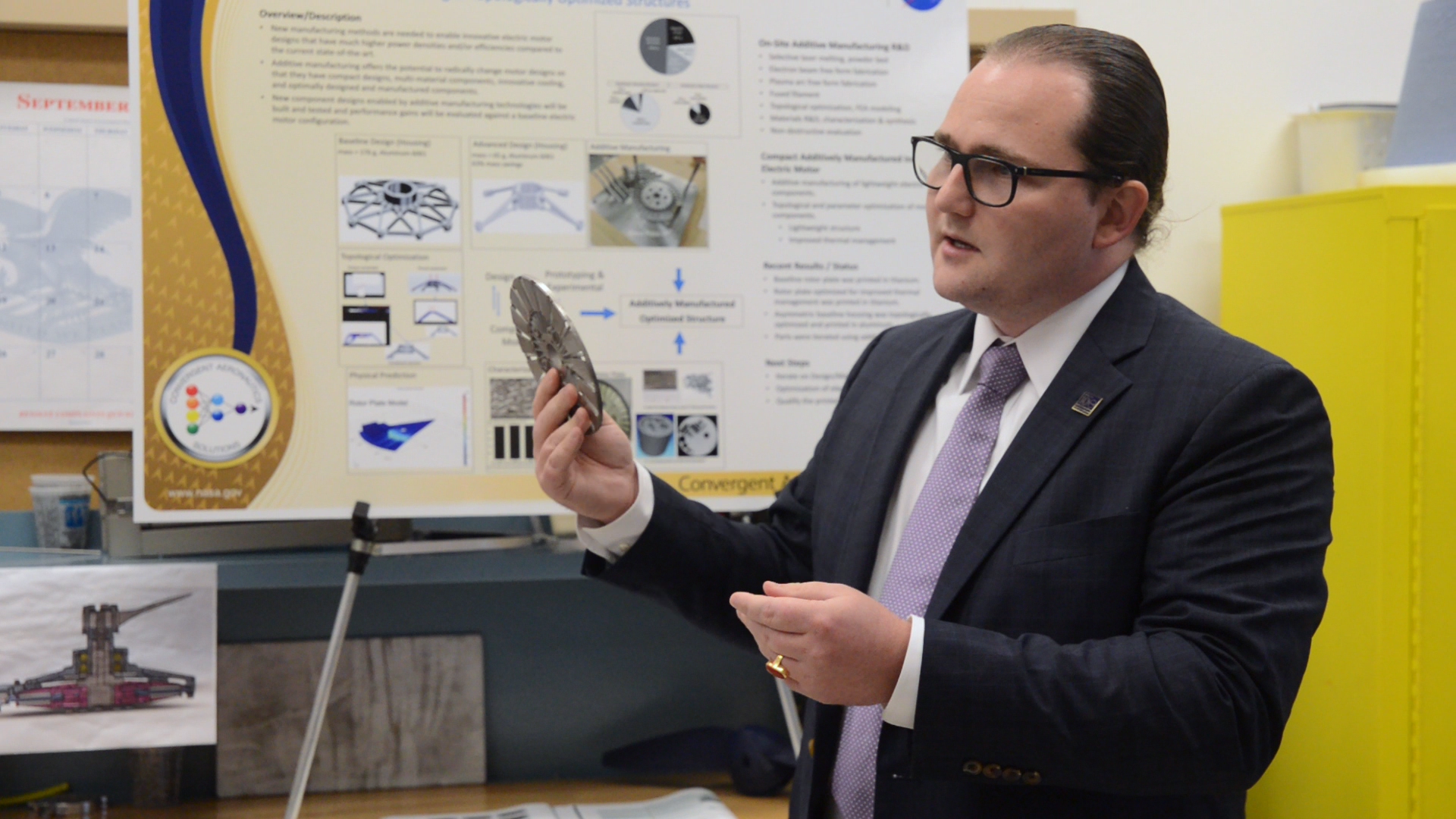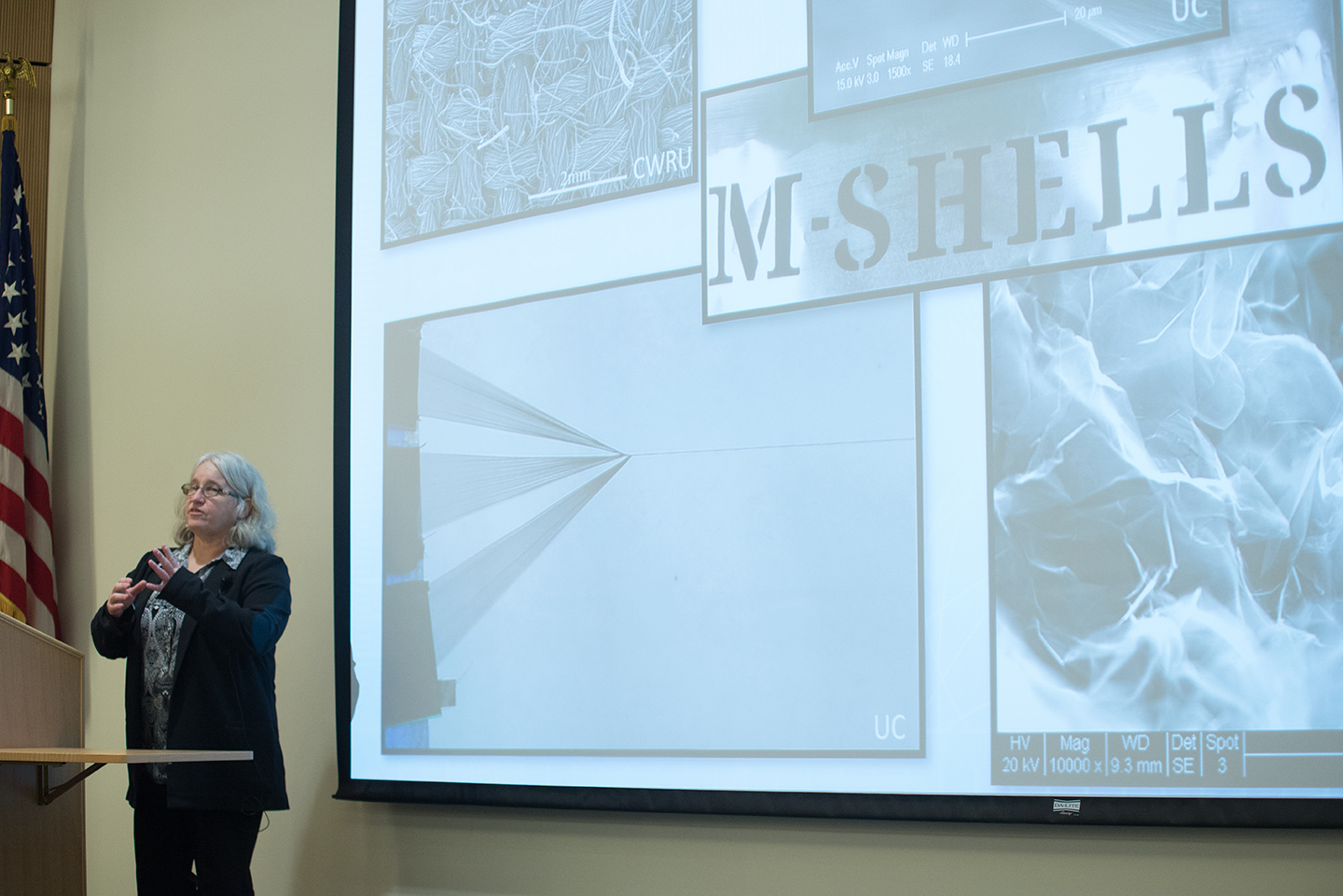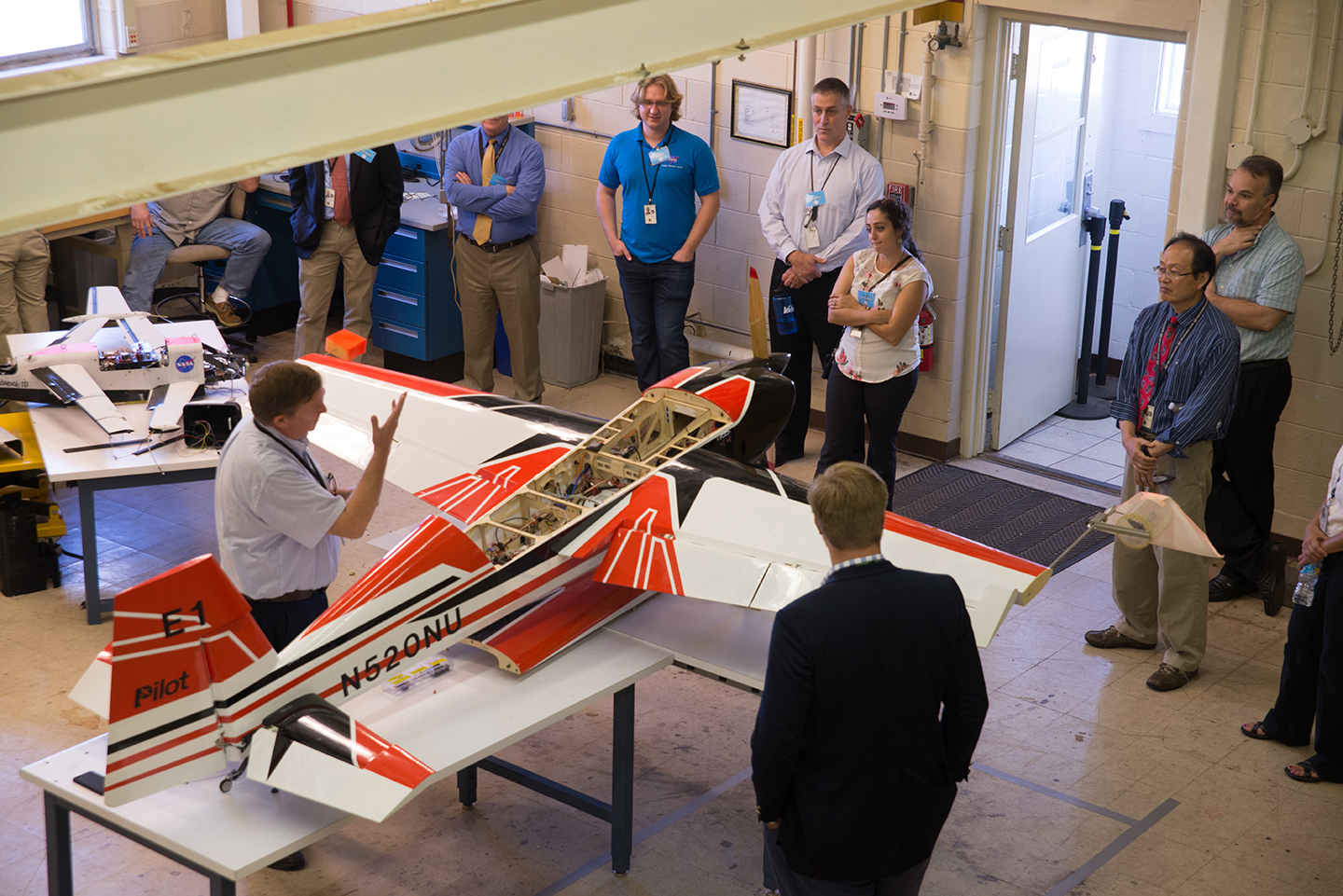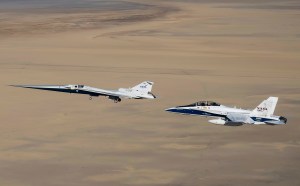NASA’s aeronautical innovators are known for having great ideas about how to improve air transportation.
From suggesting more aerodynamically efficient wing shapes at the dawn of powered flight more than a century ago, to proposing a new X-plane capable of demonstrating quiet sonic booms during the next decade, creative ideas are never in short supply.
Giving those ideas a chance to take flight, figuratively or literally, is a challenge. Budgets are limited, and priorities must be set.
“But every so often, someone comes up with a really ‘outside of the box’ idea that, if it turns out to be feasible, could transform aviation as we know it and extend the frontiers of flight,” said John Cavolowsky, NASA’s director of the Transformative Aeronautics Concepts Program (TACP).
So, for each of the past three years, a team of NASA aeronautics managers has invited researchers to pitch their best, innovative ideas to a panel of judges in a scene familiar to anyone who has seen entrepreneurs pitch a concept to a panel of investors.
The most promising were selected and given funding to go off and determine if that team’s novel idea has the possibility of being the next big thing in aviation. Six ideas were selected in 2015, five in 2016, and three more in 2017.
Some of the first set of funded ideas wrapped up their work this year. This fall, principal investigators reported on their most recent results during a two-day meeting held at NASA’s Langley Research Center in Virginia.
“We heard a lot of great things from these researchers. Even if it turned out their ideas weren’t 100 percent feasible, the knowledge that came from this effort was invaluable,” said Richard Barhydt, deputy TACP manager.
For example, one idea selected in 2015 for study was to determine if a future airplane whose engines are powered by electricity could draw that power from a battery made up of the aircraft structure itself.
The research team, led by Patricia Loyselle of NASA’s Glenn Research Center in Cleveland, determined that, yes, it is possible to build an aircraft in such a way, with certain materials, that could make the aircraft itself into a re-chargeable battery.
“We also learned in doing this research there are probably a thousand different reasons why this may not be practical in the near term,” Loyselle told those gathered at the Convergent Aeronautics Solutions (CAS) Showcase event at Langley.
While the ultimate fate of the specific “re-chargeable aircraft” idea is unknown, the fact remains that new information gathered about structures, materials, battery operation, and other aspects of the idea will be an important resource to others researching the use of electric-propelled aircraft.
DELIVER Delivers
At the other end of the results spectrum, an idea related to the tools used in designing helicopters is expected to find wide-spread use among those developing Unmanned Aerial Systems, or drones.
Known as DELIVER, short for Design Environment for Novel Vertical Lift Vehicles, this CAS-funded effort teamed up with drone companies and entrepreneurs who want to provide what has become to be known as urban air mobility.
NASA defines urban air mobility as a safe and efficient system for air passenger and cargo transportation within an urban area, inclusive of small package delivery and other urban UAS services, which supports a mix of onboard/ground-piloted and increasingly autonomous operations.
“If you look at the entrants to this growing market, most are not aerospace companies,” said Colin Theodore, DELIVER’s principal investigator from NASA’s Ames Research Center at Moffett Field. California.
“These are innovators, but they don’t have the resources or the experience to employ these existing design tools to help them go from a business case to a vehicle that’s best suited for that mission,” he said.
DELIVER sought to bridge that gap by showing that legacy helicopter design tools, used for years within the aerospace industry, could be scaled down and applied to innovative design solutions for the size and type of drones these companies are interested in.
“Three years ago, this may have seemed like an idea before its time. But now we have interest from several companies and much of the work we’ve done can be immediately transferred to other areas of NASA aeronautics,” Theodore said.
Transition Challenges
With three years of experience operating the CAS project logged, and the first set of research projects concluded, a key topic discussed among participants of the CAS Showcase at Langley was the concept of transition.
In other words, if an idea funded by CAS turns out to be feasible, what happens next? Where does the idea go? Can it be folded into one of NASA’s main aeronautics programs for further research? Is it ready to be picked up by industry partners?
“That is a major challenge for us,” Barhydt said.
Nonetheless, as with other research projects, the knowledge and experience gained from the past two years of research remains available and of value to NASA and others, Cavolowsky said.
“We’ve got a variety of bits of work that are at different levels of success. For some of them the concept itself may not be picked up wholesale, but those successful bits could offer significant benefit to NASA programs and our external partners,” Cavolowsky said.
“The learning of the individuals, the opportunities for those people to transition into similar lines of work, and bring that new thinking and approach to our other programs are great.”
Meanwhile, the CAS projects selected in 2016 continue to conduct their research, while the three teams selected in 2017 are in the start-up phase of their research, which began October 1 of this year.
At the same time, CAS leadership is looking at their selection process for 2018, and senior NASA managers are focusing on ways to import future CAS-related success stories within the agency’s primary aeronautics programs.
“That may be one of the most beneficial outcomes of CAS,” Cavolowsky said. “It is helping us to think differently about the way we conduct our technology research.”





































